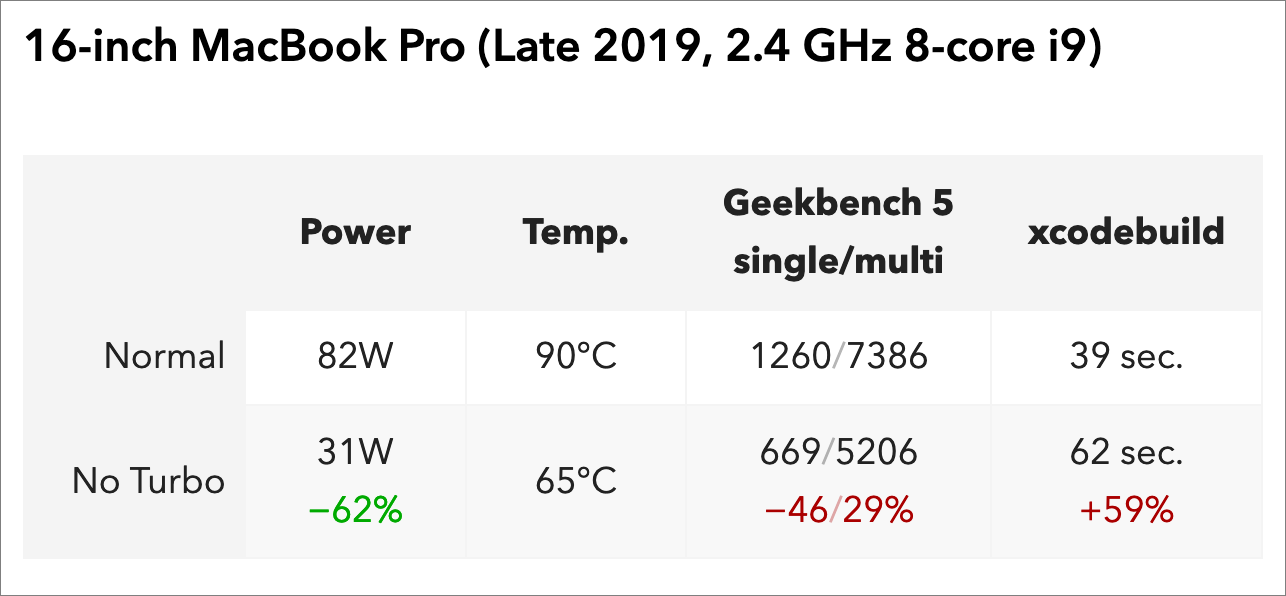

If you’re curious: I run Turbo Boost Switcher Pro on a 2015 core i7 2.2GHz 15″ MacBook Pro, and on a 2018 core i5 3GHz Mac mini, both running macOS 10.14.6 Mojave. But as I said, TB is always a click away if I ever need the extra power.
Turbo boost switcher pro free code#
What I don’t do is: 4 or 8K video editing, 3D rendering, heavy code compiling, gaming, and so on. To be clear, I don’t do heavy stuff on my computer: I write (Ulysses, Drafts, Word, TextMate and apps like that), listen to music (Spotify), watch movies (on iTunes), light to medium image editing (in Affinity Photo and Designer, mostly to create ebook covers), I browse (at the time of the screenshot I had >10 tabs opened in Vivaldi), I read, and so on. I don’t need the extra power, but do I like the extra quietness it gives me 😉Īnd for the rare occasions where I need more power, TB is merely a click away in Turbo Switcher Pro menu bar’s icon. I find it so useful that 99,9% of the time I keep TB disabled. But no matter what, the CPU temperature will stay lower than normal as long as you keep TB disabled. Hence, disabling TB helps keep the CPU cooler, and the computer quieter.Īs soon as you do some heavy stuff on your computer, the temperature gets higher than the 44°c you can see in my screenshot (which can be considered cold, as far as CPU temperature goes). Turbo Boost is an Intel feature that pushes the CPU at a much higher clock speed for a limited amount of time, to crunch numbers much faster, at the cost of generating much more heat. Marco Arment explained everything about this app, it’s there I first heard about it. There is a free, and a paid version (the Pro version offering much more controls) but both work the same by disabling Intel’s Turbo Boost. (Dell Technologies recommends Windows 11 Pro for. It’s good for the hardware, for the battery, and for the ears.Įnters Turbo Boost Switcher. 11th Gen Intel Core i7-11800H (24 MB cache, 8 cores, 16 threads, up to 4.60 GHz Turbo). Solution? Put a leash on the CPU, don’t let it go too high, too hot. And a CPU getting hotter needs more air… from spinning fans, that will also impact the battery and generate noise.

A CPU working harder is also more power hungry, reducing autonomy and battery life. Heat is the processor getting hot doing its job–crunching numbers–which in the long run can be bad for the hardware, wearing it down. This power also has two side effects that can be a problem: heat and shorter battery life. Beside the fact that we keep on paying for power, most of us probably just don’t need. This is not a secret: most of us don’t need a 10th of the power that comes with our computer, or even with our phone.


 0 kommentar(er)
0 kommentar(er)
